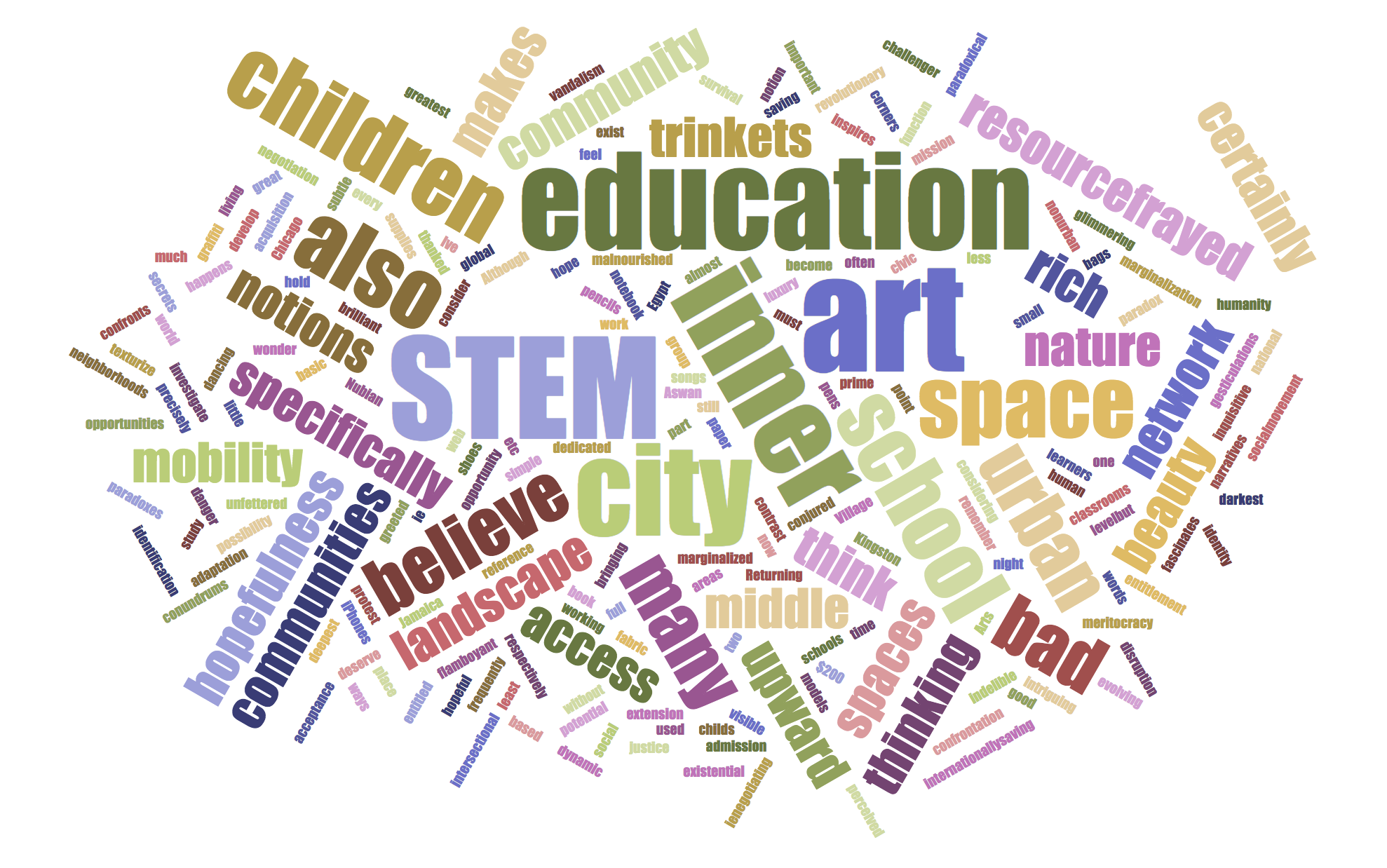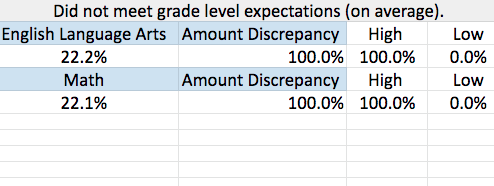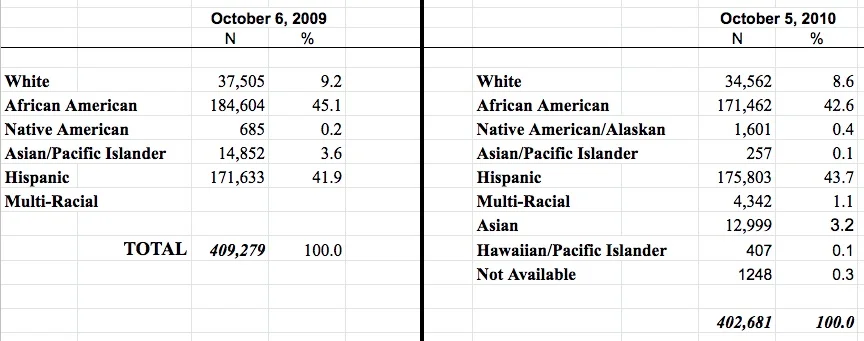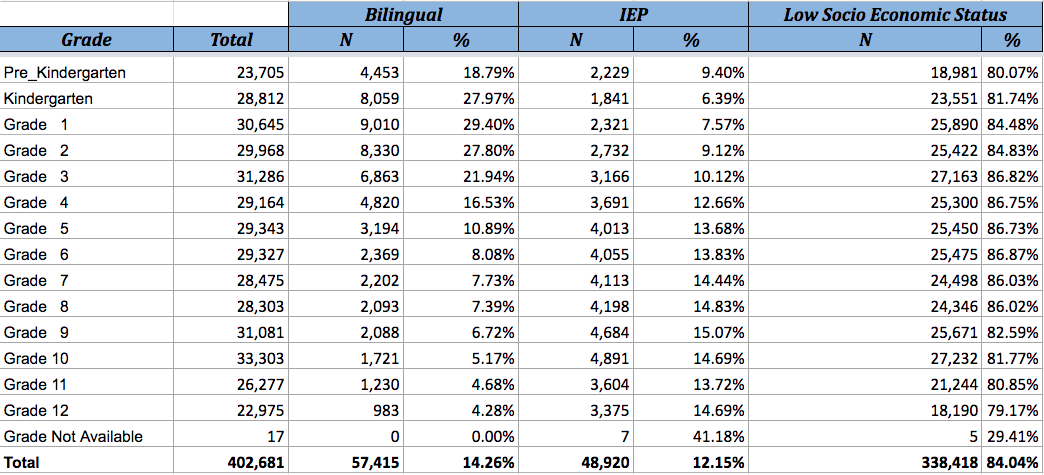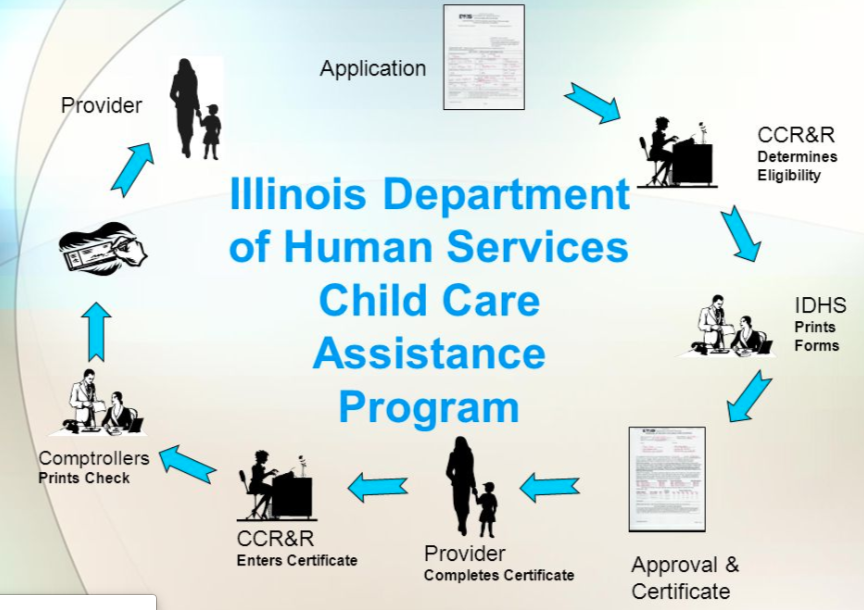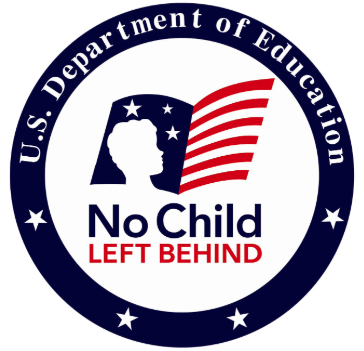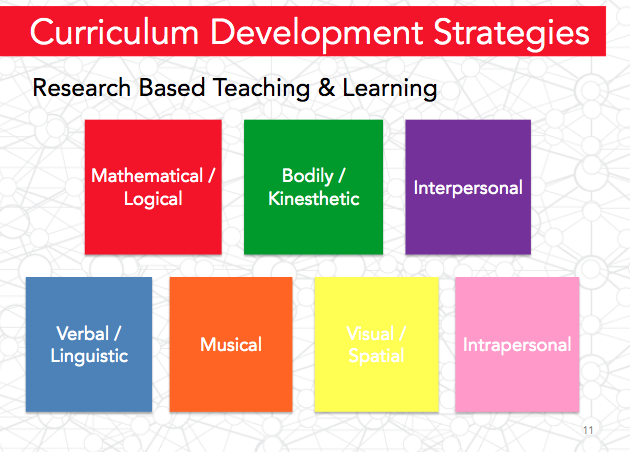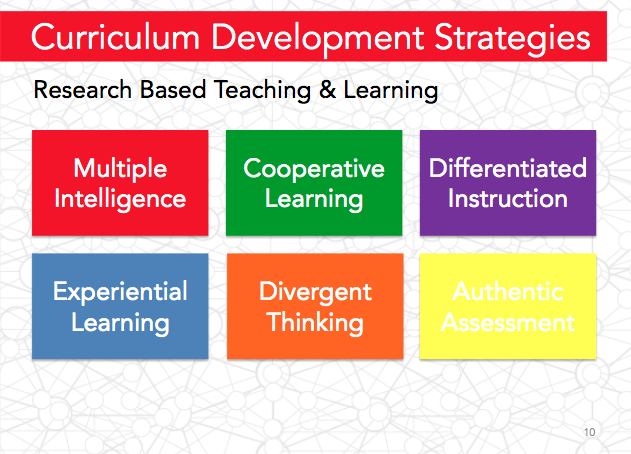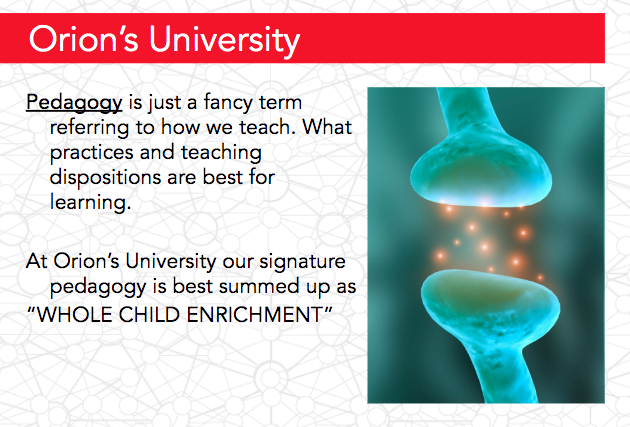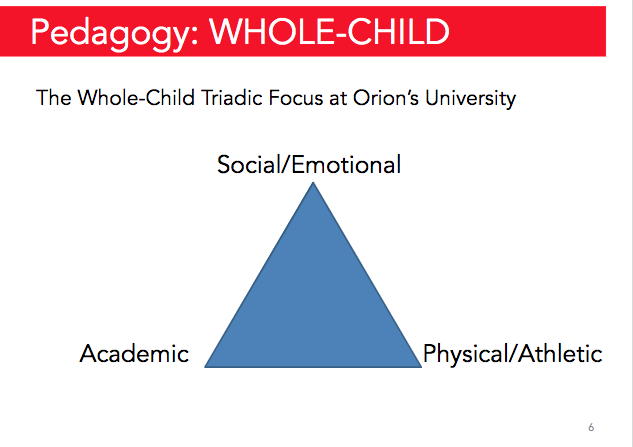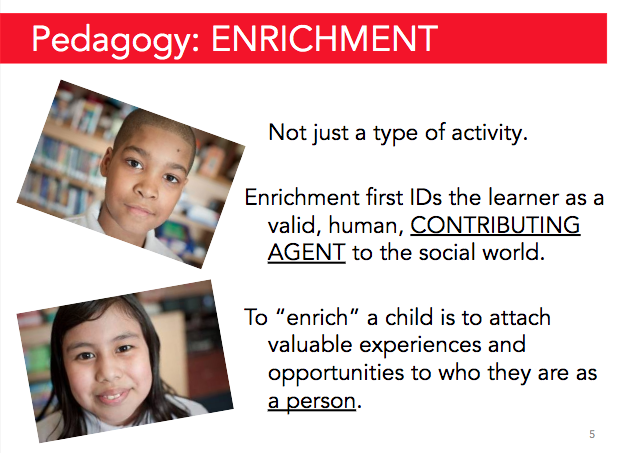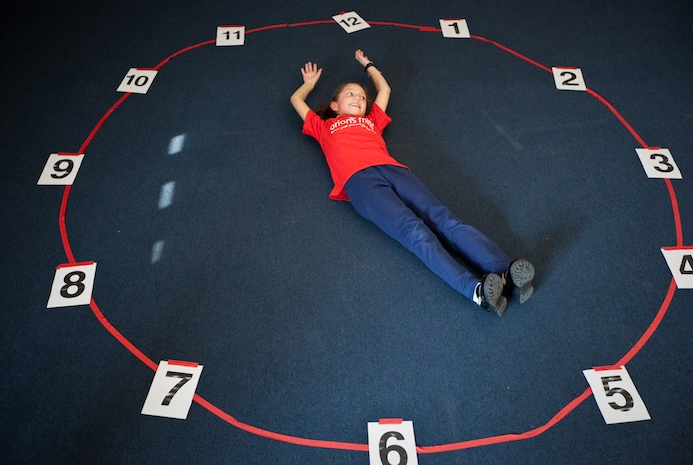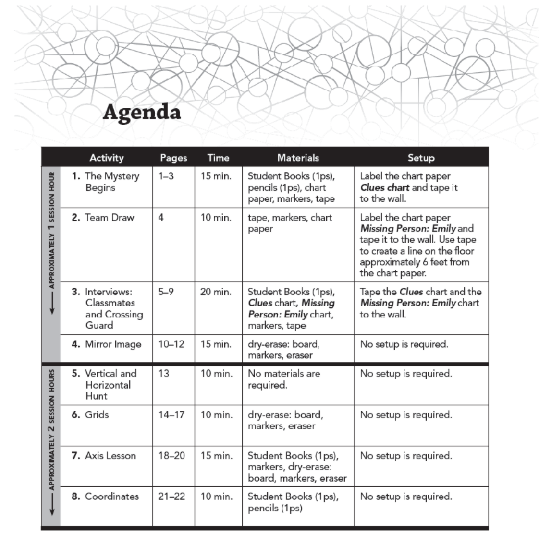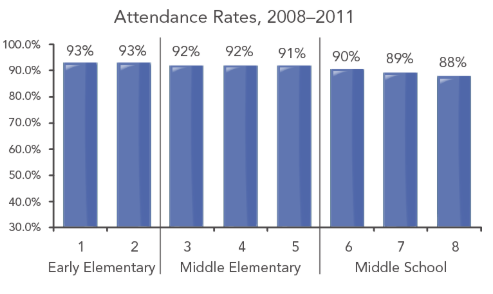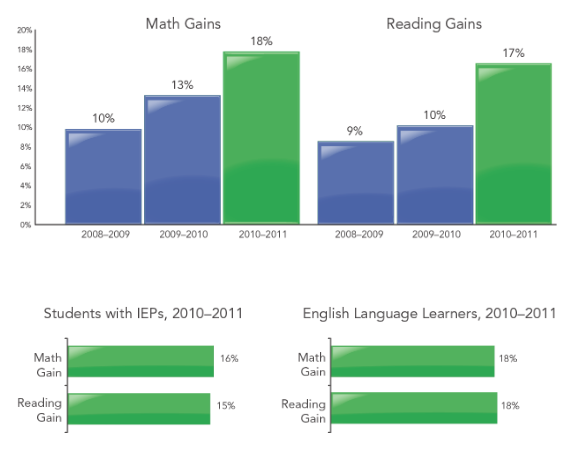k-12 Learning pods
the challenge:
How might we respond to the critical developmental and intellectual needs of youth in major urban centers amidst the on-going divestment in arts and STEM programming within inner-city schools?
MY ROLE:
Human Factors Researcher & Product Owner
Company sponsor:
Orion’s Mind, LLC
abstract
Here, I served as a Human Factors Researcher and dual appointed Product Owner. I was charged with managing the research and data processes throughout all phases of product and service-model design. This post included data-mining for the purposes of understanding and defining the problem; interpreting and communicating secondary data findings to design teams for ideation and prototyping; and iterative test/re-test data collection for product/service optimization.
Extended product description
This UX-research project, coupled with my dual appointment as Product Owner, challenged me to stretch my thinking as a UX and Human Factors Researcher by maintaining a simultaneous awareness of the larger business eco-system in which the final product suite would thrive as well as the multiple stakeholders implicated in the product’s success. This role involved managing the design process of a programmatic solution to a known pervasive divestment in arts and STEM programs available to school-aged youth in resource-frayed institutions within large urban centers. As a Human Factors Researcher on this project, I reviewed nationally accepted data, conducted needs-assessments of multiple stakeholders, and performed usability tests using observational, focus-group, one-to-one interview, and performance assessment data.
The Team
In addition to my roles as Human Factors Researcher and Product Owner, the team was composed of a publication/development team, a Project Manager to oversee the design and development process, a Project and Materials Coordinator, and an Outreach Coordinator.
understanding the consumer
I aggregated data from the City of Chicago’s reporting, and the team was shocked to find such a disparity between the average performance of different schools. Not only were more than 1 in every 5 students failing to meet grade level learning expectations; but the discrepancy scores demonstrated a huge gap between highest performing and lowest performing schools. Our challenge solution would have to be developed with this in mind.
Between 2006-2008 40% of high school freshmen were off track in the beginning of the year.
average % Freshmen On-Track Beginning the Academic Year across chicago public schools
ethnic demographics data of chicago public schools during 2009 and 2010.
Chicago Public Schools were predominately African American and Hispanic/Latinx, 84% had low socioeconomic status, 12% had an individual education plan (IEP), and 14% were bilingual.
the prototype
In partnership with the designers, I led our team to conceptualize ORION’S UNIVERSITY!
We used the data to identify a need, a target market, and to craft a solution. In addressing the challenge of providing enriching art and STEM educational opportunities, the data make it clear that there would have to also be a focus on developing some foundational math and reading skills. Through the phases of defining and ideation, I worked closely with the design team so that we could present a testable prototype.
Orion’s University is an enrichment-based series of programs that brought age-specific career-centered modules to the schools. They infused elements of math and reading, but were intended to be fun, promote high attendance, and expand interest in academic endeavors.
Because, a majority of our target market had a low SES, we designed the program according to the requirements set forth by various government subsidies such as No Child Left Behind (NCLB) and Illinois Child Care Assistance Program (CCAP).
I coached the team and got them accustomed to designing curriculum using highly efficacious and research-backed models of learning such as Bloom’s Taxonomy and multi-modal learning.
In support of educators who would be offering the services to students as an additional responsibility before or after their regular school-day responsibilities, we designed instructional models felt easy to execute and promoted an enjoyable academic exchange between educator and students. We also wanted to make it was fun for the children and that they felt valued as learners.
Examples of programs designed to infuse math and reading with stem and art
Testing
During the testing phase, I lead the effort to collect data on how well the programs were performing based on student outcomes.


